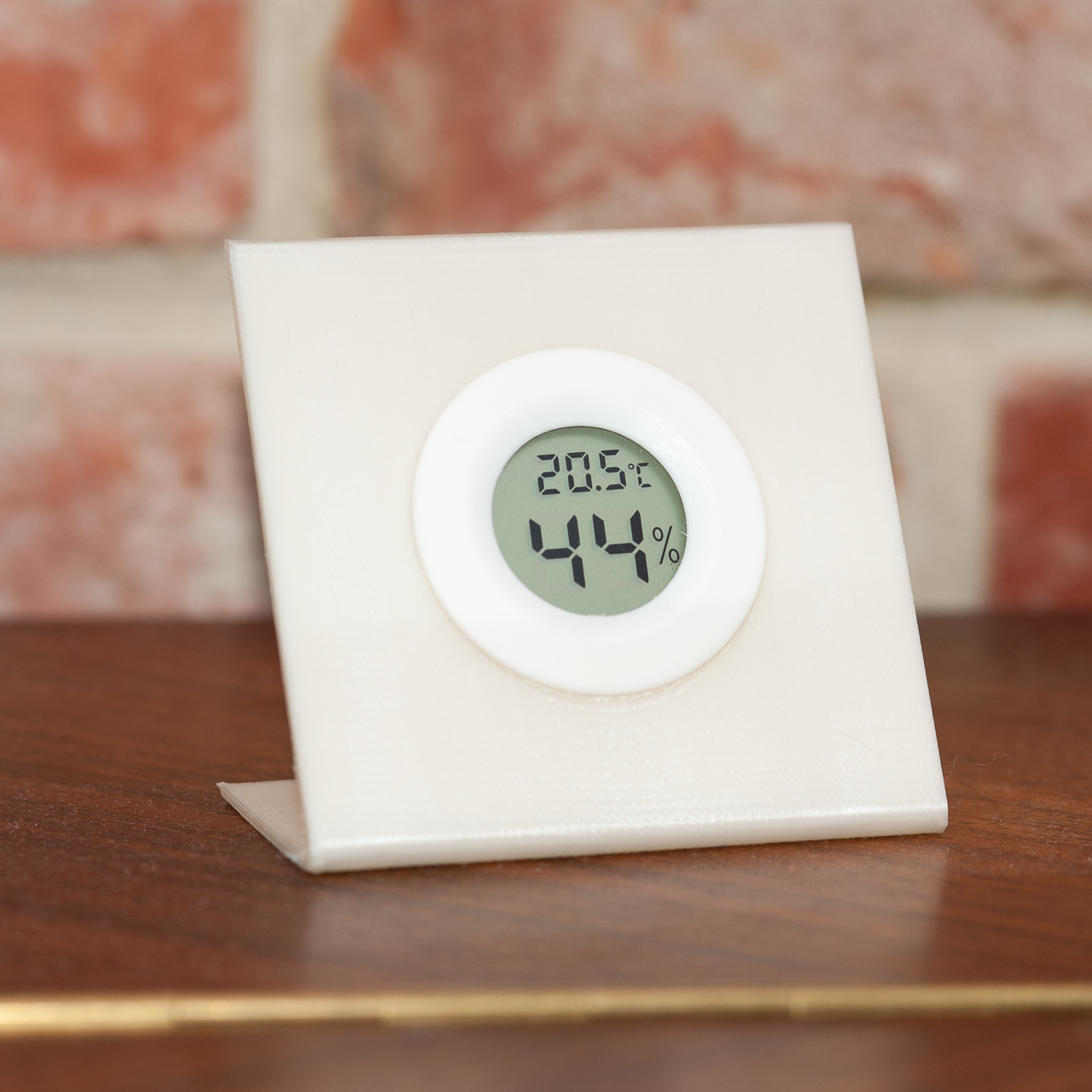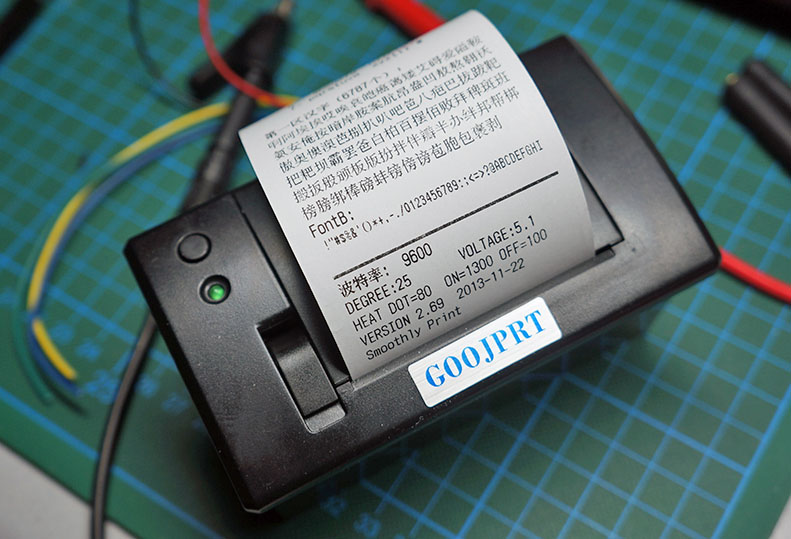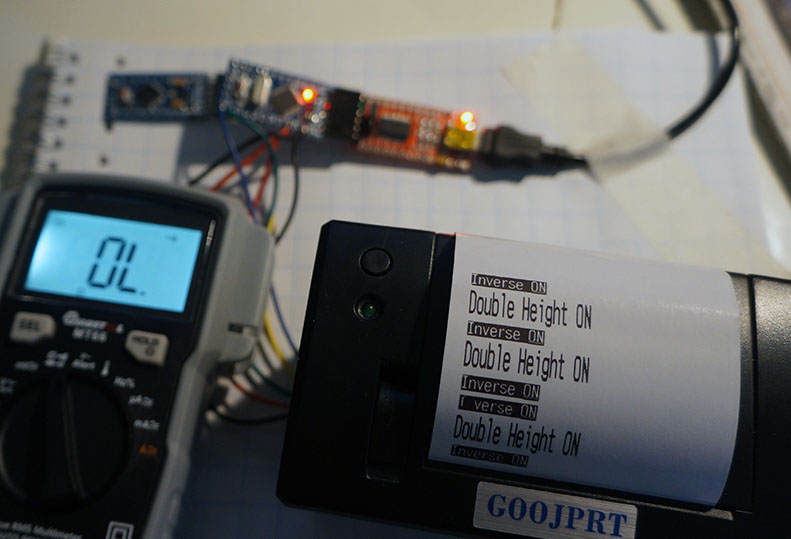Hi, is this tracker suitable for using with the ttn-mapper stuff? Looks like it has everything you need.
beauty 
Left a RAK5205 running on battery over last couple of days to see how it behaved:
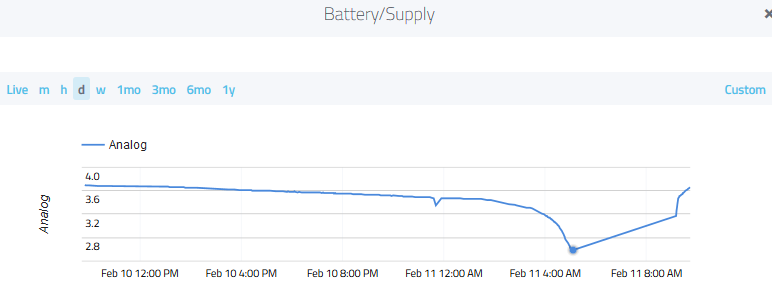
Died in the early morning hours…interesting to see the rate of decline towards the end and more importantly last voltage measured before death was 2.59V…need to investigate the ‘accuracy’ of this value but feels a little low before battery protection cuts in…
what is the current draw Jeff ?
would be a good thing if the node sends a last message on a ‘low power alert port’ before switching itself off.
I need to get into detailed measurements and analysis/optimisation. Client requirement was just for a quick & dirty tracker that could give asset movement overview for minimum 24hrs, ideally 48hrs, before opportunity for a recharge based on 15min location updates. To test durability I have an onboard app running continuously to stress system (based on RAK binary), with reporting of minor data e.g Temp or battery voltage (Shorter payload/time on air to limit duty cycle) every ~2-15 mins, then a bigger location update every 15/30 mins. Things like minimising sleep current etc not yet a concern 
I currently have a crude test running on another unit as outlined with usb power but no local battery connected, to log the 4/8/12/16/20/24hr consumed mAh overall avg. Once I have that data I will post back here, then next steps will be to start looking at power profile, peaks, sleeps etc.
The more relaxed version (approx 32x46x82mm) of the printed case worked a dream…just printing a couple for housing addition proto’s. Now also need to cut in a USB port for charging. Finished version will use (probably Qi) wireless charging 
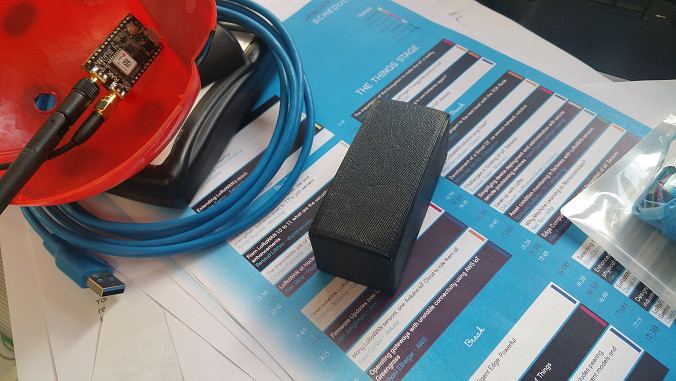
What has surprised me a little is the variability of the GPS location! I know the signal is ‘dithered’ and randomly scambled for security/mil use but I guess we all get conditioned by our car sat nav’s, smart phones etc. and they are helped by AGPS, DiffGPS, local network sniffing etc.! This is this mornings set of data points:
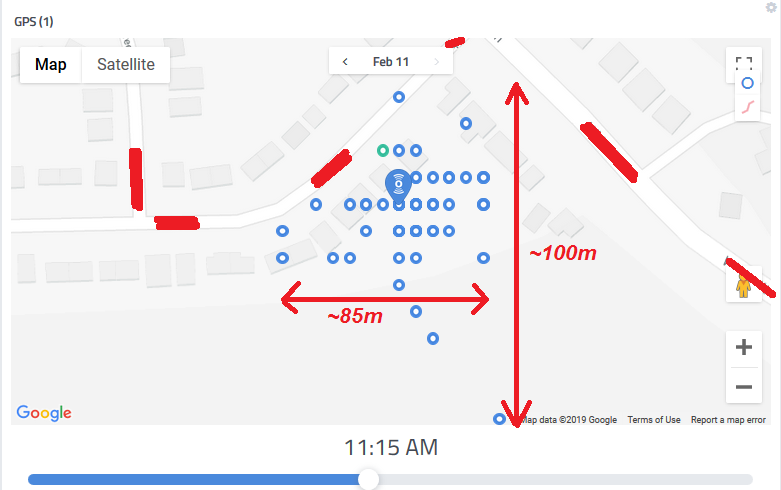
A full set of 24hrs data shows even wider spread!
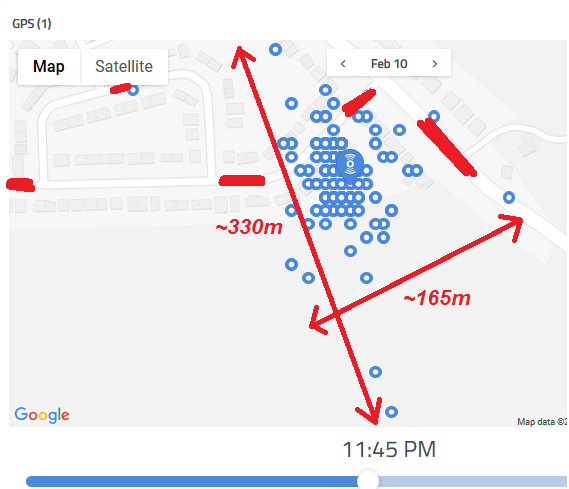
The node is actually close by the large tag in each case and wasn’t moving!
How to improve?  Ideally looking for <20-30m displacement from 'real location for >90% of samples
Ideally looking for <20-30m displacement from 'real location for >90% of samples
This is not my experience. Just a couple of samples from yesterday, in a couple of places I stopped for about two hours each (overcast with some rain).
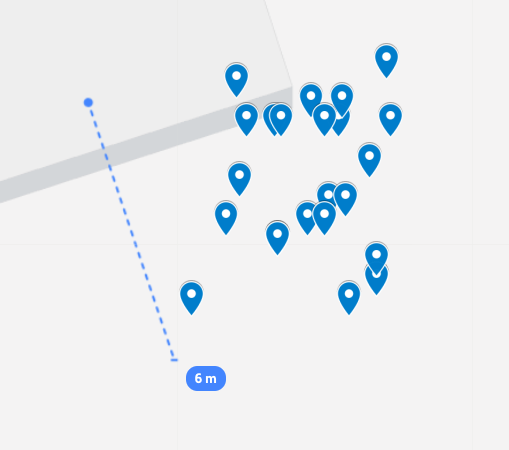
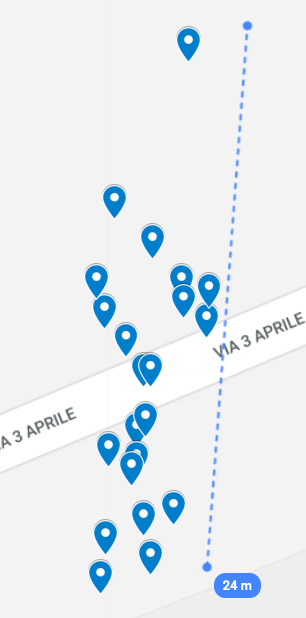
Looks normal for a tracker next to a window or in an urban canyon. If the gps is indoors/near a window then the spread can be explained by multipath effects. Strategic dithering (selective availability) is no longer in use since the military has perfected spoofing and jamming. I guess you would have to look at your gps antenna and check if it has unobstructed view of the sky for better accuracy.
That may explain it - units are being tested within 35-60cm of workshop/office windows - low K glass so treatment may affect, also several monitors & pieces of equipment in close proximity may also add to multipath… Will be testing outside later today - been raining off and on over last few days so kept units indoors for start up work. Still, dont recall my smart phones showing such variance in same environment  …firing up GPS on phone to test!..
…firing up GPS on phone to test!..
You can look at number of satellites or HDOP to have an idea about accuracy…
GPS location on phone in same area inside shows some ‘wobble’ but probably only around 20-25% of the tracker offset…and seems to have homed in/averaged over last couple of hours…even better news though is 2 trackers placed outside have been pretty solid in location and relative position over the same period so looks like am all set wrt location accuracy - end application is largely open air with good sky views barring some trees and occasional plant/machinery 
BTW also noted that the Low Voltage Xformer housed device shows a much lower RSSI c/w the 3D printed housing suggesting the plastic is poor wrt RF (will also impact GPS sensitivity of course!). Will move that one into 3D case also.  I wonder if Enlite chose plastic type as part of their product radiated emissions mitigation strategy?!
I wonder if Enlite chose plastic type as part of their product radiated emissions mitigation strategy?!
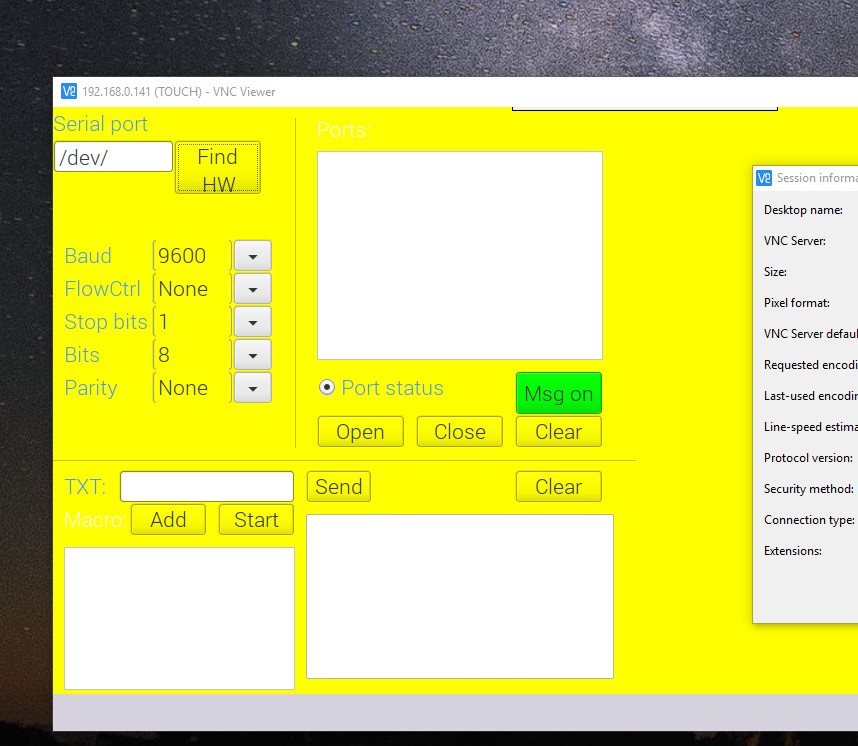
By coincidence I found today this way of wireless LoRaWAN node control , working on my win 10 PC through VNC through wifi to RPI A+
That terminal prog is running on the RPI controlling serial from RN2483A / DL7612 , its still a basic prog but I’m in the process of editing and inserting buttons with macrofunctions.
with stack V3 class C possibilities, just ask a sensor about its output/state… like temperature.
I would love to say ’ he Google, are there windows open ?’ … ‘he Google, what’s the temperature in the masterbedroom’ and then hear the answer.
fun to try this in the near future 
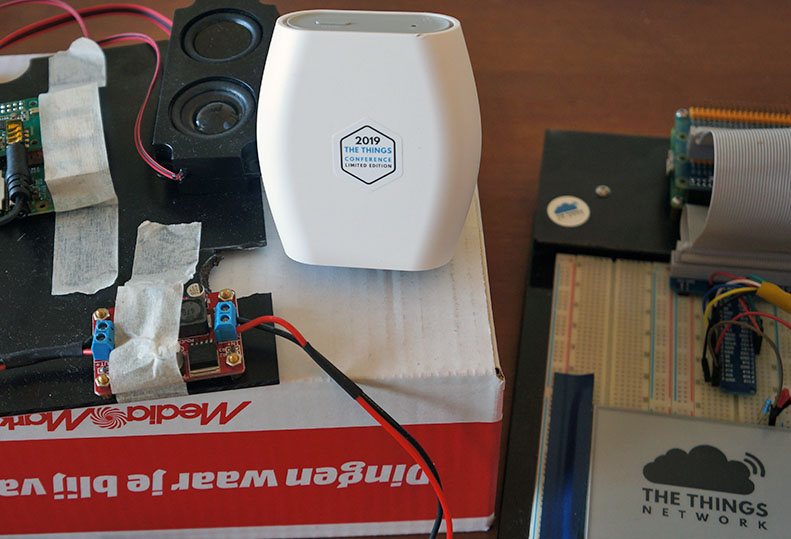
Whilst struggling with the fit of the RAK5205 + Ant’s +1200mAh battery in the Enlite housing, and before decision to 3D print case, I quickly decided to jump on eBay and order some ‘smaller’ 800mAh batteries…figured 2/3rds capacity would still meet system requirement 
Thought they would come in around 25% smaller with the ‘packaging infrastructure’ and connections meaning not quite scaling size with capacity.
Arrived today:
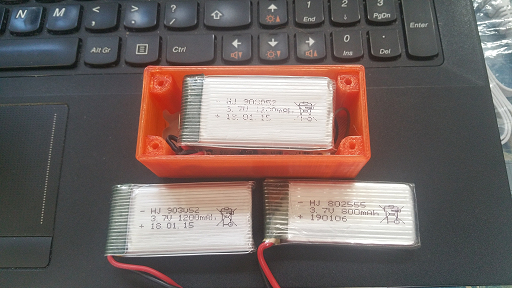
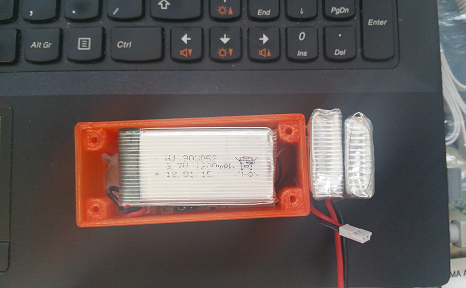
Turns out not quite as small as hoped - old 1200mA ~56.5x31x9.5mm, new 800mA ~57x25x8.3mm so scaled by ~17.5%, barely half the reduction in capacity. The small reduction in thickness also meaning still not good in the recycled Enlite box.
Still a more relaxed fit and usable in the 3D printed case 
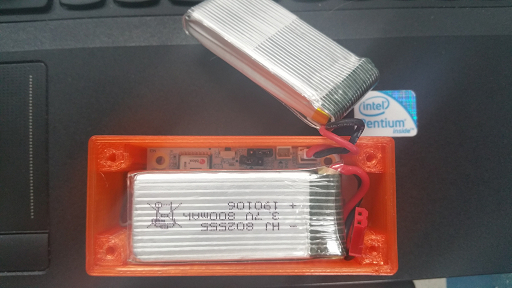
Thanks, figured what I need is thinner - <=6mm so your suggestion may well work  Fixed short term with the 3D printed version and indeed have just spun 2 variants with 2/4mm more height and 2 with 16mm shorter body for variations with internal and external ants
Fixed short term with the 3D printed version and indeed have just spun 2 variants with 2/4mm more height and 2 with 16mm shorter body for variations with internal and external ants  The benefit/flexibility of custom 3D I guess!
The benefit/flexibility of custom 3D I guess! 
These are also not so large:
https://www.google.com/search?client=safari&rls=en&q=tinywhoop+batteries&ie=UTF-8&oe=UTF-8
tiny whoop batteries … lol, I like the brandname 
https://www.tinywhoop.com/collections/batteries
…and the Memes!
